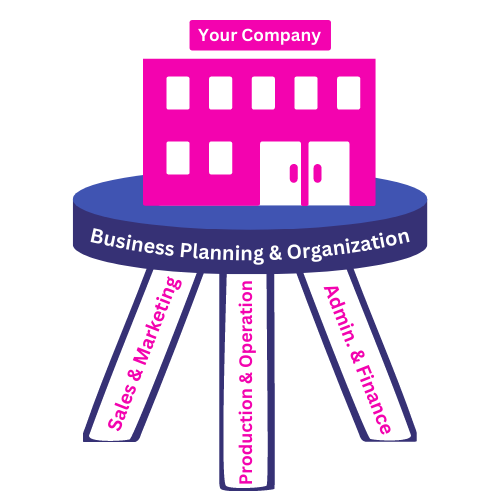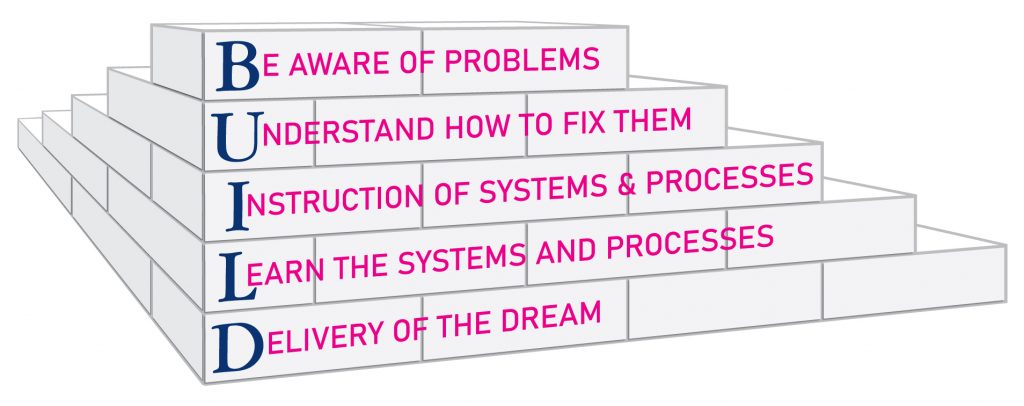How to Know What Your Number Is and What You Should Do with It

I have been reading Simon Sinek’s book Start with Why this past week. In it, he discusses how customers will do business with companies and not even really know why. He says that it often has more to do with trust than price.
This is where word of mouth marketing comes in. If someone you trust shares about the great experience that they had with a company, you’re more likely to do business with that company.
This got me to thinking about the closing ratio of our proposals. Our closing rate has almost always been higher than industry standards. This is in large part due to many of our projects either being
repeat customers or someone that has been referred to us by one of our past satisfied customers. It does not seem to be this way for most construction companies.
With the hit and miss way of doing business in the construction industry, it’s amazing to me that there are any construction companies out there at all.
Another thing to be aware of and something that is often overlooked is when our closing ratio gets too high. Selling a lot of jobs is a good thing, but when this number gets too high, it’s a good indication that your pricing is too low.
When asked the questions… “Do you know what your bid-hit ratio is? Do you keep track of it? How do you use it?” Most contractors have no idea. Well over 50 percent don’t have a clue what their ratio is. Less than 25 percent know and track theirs.
This is like driving a car blindfolded — trying to go somewhere without a clue where you are headed!

In order to determine how many jobs to bid on and what type of jobs to bid on, you must know your bid-hit ratio. Track it regularly. Track it for all projects you bid on. Track it by customer.
Having a system will help you determine which jobs to bid on and which jobs not to bid on. It will also help you determine when to eliminate a project type or customer from your plate and seek out better opportunities to invest your estimating dollars.
Knowing the percentage of proposals that get signed can be a critical piece of information and may determine whether your company will stay in business or not.
Most small to medium sized construction companies run their businesses by just throwing a dart and hoping it hits a dart board. They have no real idea of what they’re doing.

I would bet my annual salary that most construction companies have no idea of what percentage of their proposals turn in to actual construction projects. This is vital information to have for building a profitable business.
This is why we have a Job List tool for tracking this information in our construction business. This tool will do a lot more than just tracking the percentage of signed proposals.
You can find out more about this tool here –
- The “Job List” is One of the Foundational Building Blocks of a Successful Business
- How Does the “Job List” Help Us See the Future of Our Construction Company?
- The Five Remaining Areas of the “Job List” Building Block
I realize that the whole business thing can be daunting and overwhelming, but it doesn’t have to be.

The Job List tool, as well as, the Proposal, Contract, Change Order, Payment Application, and Saving Account Transfer tools are some of the tools that will be coming soon in our Business Building Toolbox.
If you have questions about the Business Building Tools and if they would be a good fit for your construction company, you can schedule a free 30-minute construction company consultation here.








































